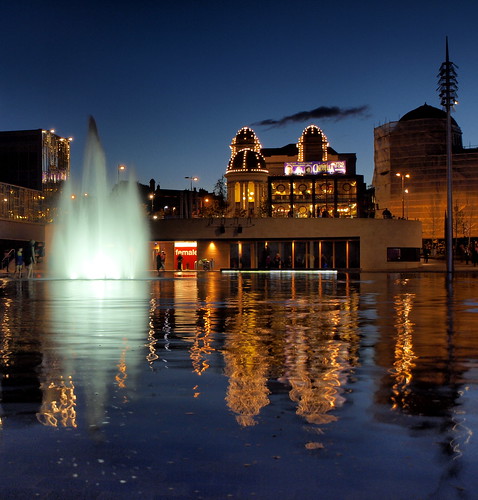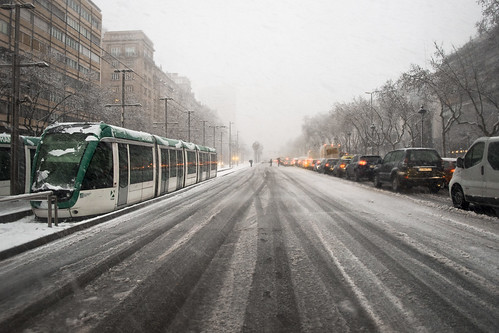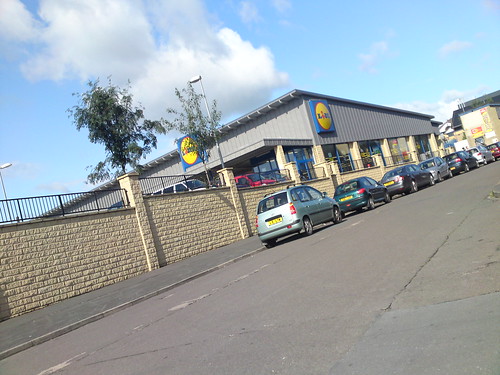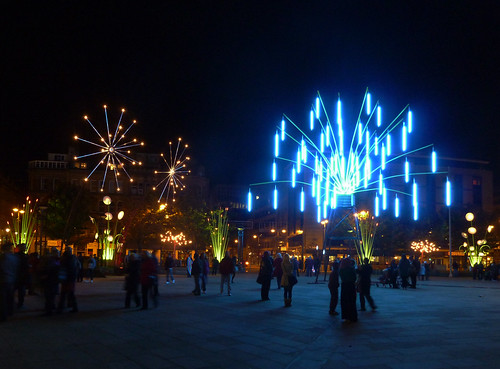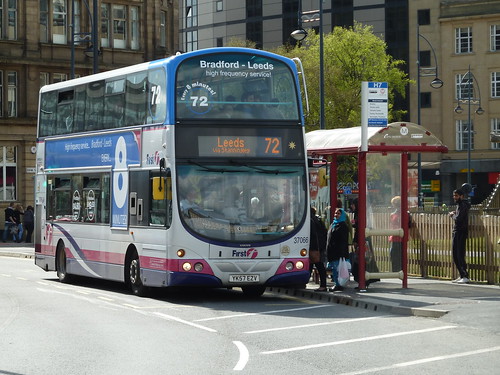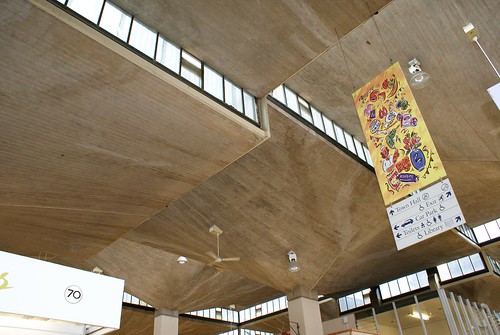The Telegraph and Argus carried a
story that Bradford Council are to embark on an Area Action Plan for the City Centre, the headline being 3,500 homes would be earmarked for the city centre. This figure is nothing new, as it was set out in Bradford's earlier planning work – the Core Strategy consultation in 2011. The figure represents about 7% of the total housing requirement in Bradford over the next fifteen years. Indeed, the Area Action Plan is not a new thing; the last consultation was in 2007. This was a time when the Broadway site had some kind of redevelopment activity and City Park was an image very big pool on all around the town hall in Will Alsop's
wacky masterplan and crucially at the height of the economic boom. To think some people have the nerve to say things move slowly in planning.
The T&A article breaks down the city centre into
six different areas. I will use these six areas to provide some thoughts on what is being proposed.
Area 1: Little Germany and Broadway
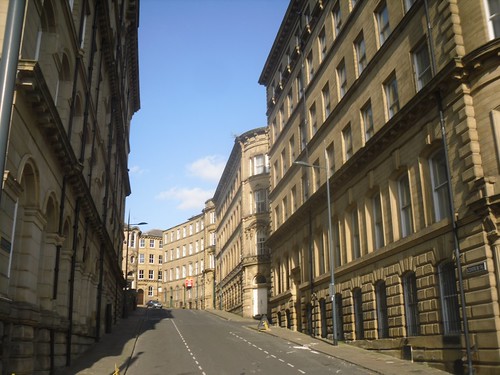
All being well, this area is likely to be dominated by the Broadway shopping development. Visually, I think this will block off the heart of the city centre from Little Germany (the lovely vista that exists as a result of the hole would be lost) but overall, the shopping development would bring more life to Little Germany, which seems to have so much potential that is not being realised. There is only detail about big sites in this plan, rather than small-scale interventions; but to develop close to the Cathedral and at
Wapping Road, as well as off Valley Road may all support Little Germany becoming a more vibrant area. In a previous
masterplan part of this area was earmarked as the canal basin, with residential towerblocks all around. Whether or not the canal is in the area, there certainly needs to be some accessible greenspace to make the place more attractive to live.
Area 2: The Market Shopping Area

It is acknowledged that this area, which incorporates the Kirkgate Centre and the Oastler Centre will be impacted by the development of Broadway. Residential development features throughout this area at a range of sites, including
High Point, which may or may not be retained. Given Bradford's hills and the distance of the Oastler Market from Broadway; I think that in the long term, this may be a disadvantage to Market unless Morrisons continues to play an important role in retail in this part of town. A more radical idea could be to move the markets as a whole to the Kirkgate Centre, back to where they were in the
first place – as this would solve the problem of what to do with the displacement of retailers from Kirkgate to Broadway. Certainly the issue of
empty shops is not going to go away, so this needs to be tackled in a creative way.
Area 3: The Valley (Goitside)

The vacant sites flanking Thornton Road and the empty and underused mill buildings around Goitside are the subject of residential development in the plan. I do not disagree with this, but I feel that there would need to be a lot more going on in the area to make it feel more vibrant and safer. The previous plans to open up Bradford Beck around Thornton Road and introduce more greenspace in this area would also help realise the potential of this area.
Area 4: University and College Campus Area

This part of the plan seeks to develop vacant and under-used spaces for student accommodation and education uses, which makes sense. Other uses to support people studying and living in this area should be provided.
Area 5: The Bowl Business and Leisure District

This is the area from the Media Museum, Alhambra and Odeon across to the Leisure Exchange and St George's Hall. This is where the bulk of new office space is planned for. Controversially this includes the
Odeon site and then the 'Business Forest' on the site of the Magistrates' Court and former Police Station. The office space and the attraction of businesses into the city centre is something that perhaps underpins the future of Bradford as being a prosperous place – boosting retail in the centre and making the residential market more attractive.
Area 6: Southern Gateway
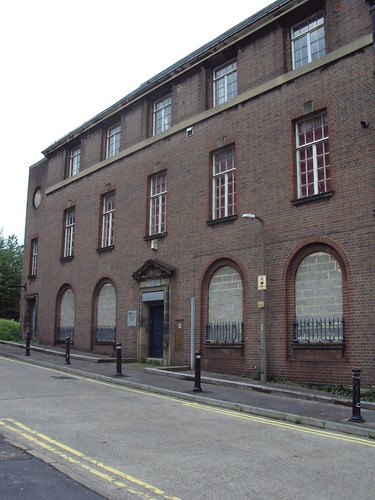
This is the area south of the ring road between Wakefield Road and Manchester Road. The development of this area is led by residential. One concern is how the road barriers in this area would be overcome.
Conclusions
I think the proposals suggested in the plan are broadly sensible and would form a good way to develop the city centre, but I do have some general concerns.
As I said above, I think the attraction of businesses to the city centre is fundamental to how the city prospers but I think this will require a lot of public sector finance. First of all, the
city centre growth zone is one public sector initiative that will provide businesses with rate relief and other support, which is the right kind of thing to help Bradford. I think investment in infrastructure is key, particularly transport to help give the city centre a competitive edge and make Bradford a place of more strategic importance. Schemes like
Cross Rail would greatly help with this, but we all know this is not going to happen.
Emphasis on residential is another concern. Not necessarily the idea, which
I think is a good one – but more the deliverability of it. First of all, past city centre living schemes were financed by generous lending, paid for by generous credit and by-to-let landlords looking to make a quick buck – those days are gone. I would argue that many first time buyers are unlikely to buy city centre flats because by the time they have raised a deposit they will want to live somewhere where they can be more settled (i.e. if they have children) and will see outlying areas as less risky to invest their money. This risk factor is also true of developers, who are supported by a planning system that puts very little emphasis on urban regeneration. Until there is more incentive to develop inner city sites, rather than growth anywhere at all costs, than this could be a problem.
It seems that the approach to regenerate the city centre is, on the whole correct, but I am sceptical about how it will be delivered.

